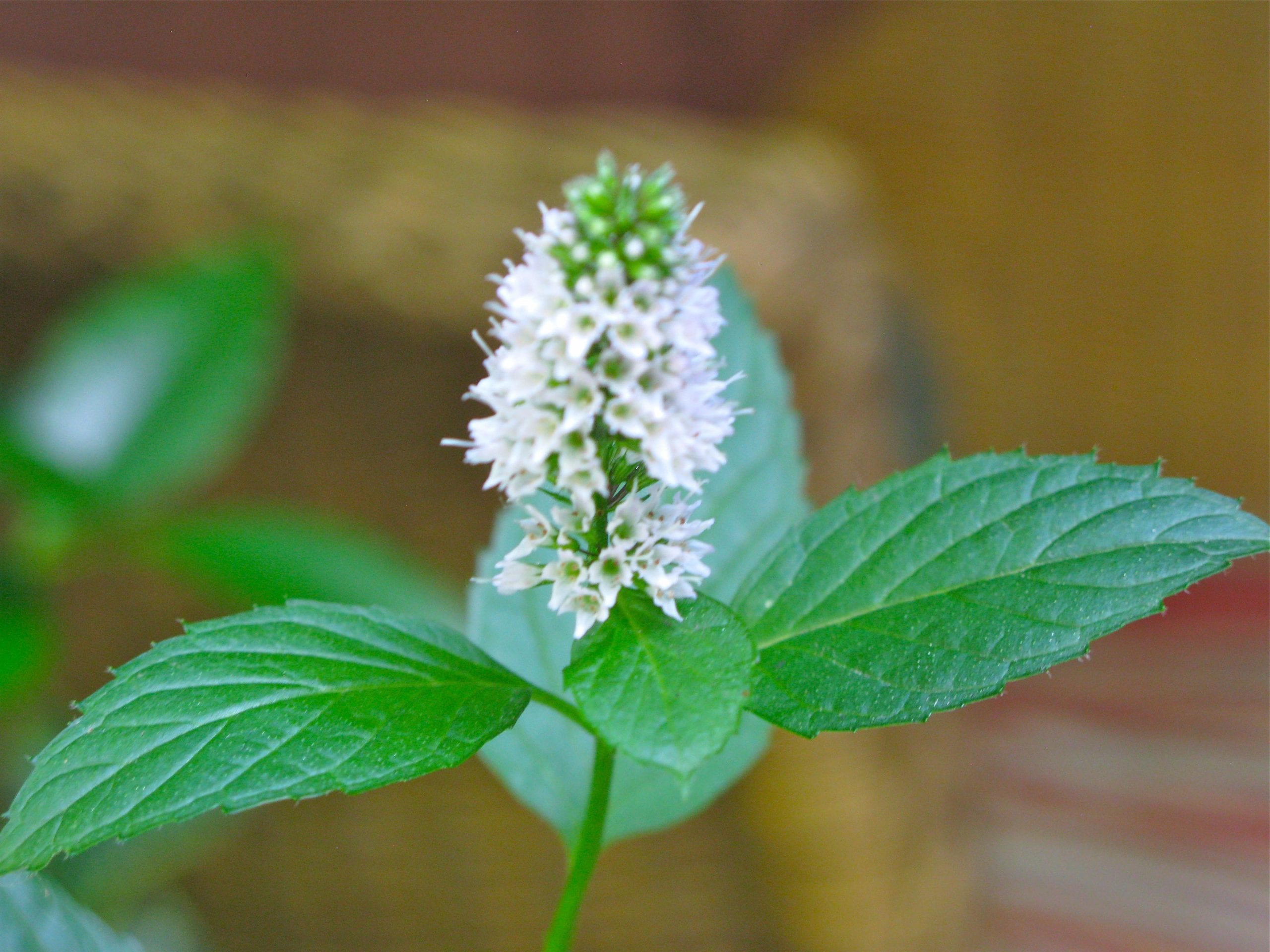Does mint plant flower? Embark on a journey into the botanical world to unravel the secrets of mint’s captivating blooms. From their delicate appearance to their ecological significance, prepare to be enchanted by the floral wonders of this aromatic herb.
Mint, a beloved culinary and medicinal plant, boasts a diverse range of species, each with its unique charm. As we delve into the flowering characteristics of mint plants, we’ll uncover the fascinating details of their reproductive cycle, including the timing, duration, and appearance of their enchanting blossoms.
Mint Plant Overview

Mint plants, belonging to the genus Mentha, are a diverse group of aromatic herbs classified under the family Lamiaceae. These perennial plants are widely cultivated for their culinary, medicinal, and ornamental value. They are characterized by their square stems, opposite leaves, and small, often purple or white flowers.
Varieties of Mint Plants
There are numerous varieties of mint plants, each with its unique characteristics and uses. Some of the most common include:
- Mentha spicata (Spearmint): Known for its refreshing and slightly sweet flavor, spearmint is commonly used in teas, desserts, and chewing gums.
- Mentha piperita (Peppermint): A hybrid between spearmint and watermint, peppermint has a strong, minty flavor and is widely used in candies, toothpaste, and herbal teas.
- Mentha suaveolens (Apple Mint): As its name suggests, apple mint possesses a mild, apple-like aroma and flavor. It is often used in salads, desserts, and potpourris.
- Mentha pulegium (Pennyroyal): Pennyroyal is a small-leaved mint variety with a strong, pungent aroma. It is traditionally used in herbal remedies and insect repellents.
- Mentha aquatica (Water Mint): Water mint thrives in moist environments and has a strong, slightly bitter flavor. It is often used in teas and traditional medicines.
Physical Appearance
Mint plants typically have square stems with oppositely arranged leaves. The leaves are usually lanceolate or ovate, with serrated margins and a distinct venation pattern. The flowers are small and tubular, often arranged in dense whorls at the tips of the stems. The color of the flowers varies among different mint varieties, with purple, white, and pink being the most common.
Flowering Characteristics of Mint Plants

Mint plants are known for their aromatic leaves and refreshing flavor, but they also produce delicate and charming flowers. The flowering process and appearance of mint flowers vary depending on the specific species and growing conditions.
Flowering Process
Mint plants typically flower during the summer months, with the exact timing varying based on the species and climate. The flowering process begins with the development of small buds at the tips of the stems or in the axils of the leaves. These buds gradually mature and eventually open into individual flowers.
Appearance of Mint Flowers
Mint flowers are generally small and inconspicuous, with a tubular or bell-shaped structure. The flowers typically consist of four or five petals that are fused at the base. The color of mint flowers can range from white to purple, with pink, blue, or lavender shades also being common.
Duration of Flowering Period, Does mint plant flower
The flowering period for mint plants can last for several weeks or even months, depending on the species and growing conditions. Once the flowers have bloomed, they will eventually wilt and produce small seeds. These seeds can be used to propagate new mint plants, ensuring the continuation of the species.
Cultivation and Care for Mint Plants: Does Mint Plant Flower

Cultivating mint plants is relatively easy and can be done in a variety of settings. Mint plants prefer moist, well-drained soil with a pH between 6.0 and 7.0. They should be planted in full sun to partial shade and watered regularly, especially during hot, dry weather.
Common Pests and Diseases
Mint plants are susceptible to a few common pests and diseases. Aphids, spider mites, and whiteflies are common pests that can damage mint leaves. Rust, powdery mildew, and verticillium wilt are common diseases that can affect mint plants.
Harvesting and Storing Mint
Mint leaves and flowers can be harvested throughout the growing season. The best time to harvest mint is in the morning after the dew has dried. Mint leaves can be stored in the refrigerator for up to two weeks or dried and stored in an airtight container for later use.